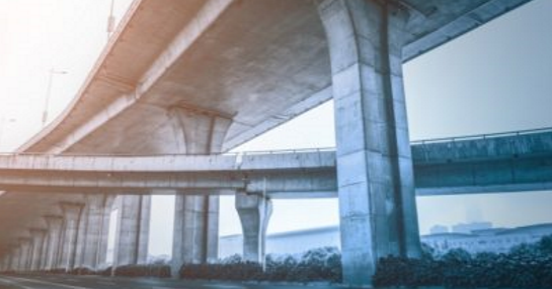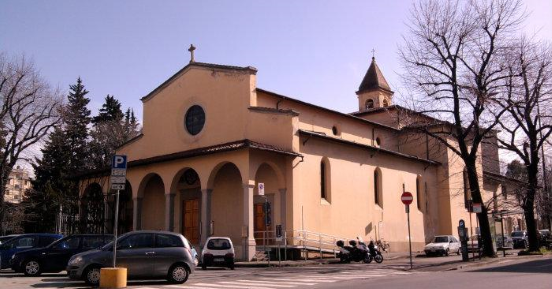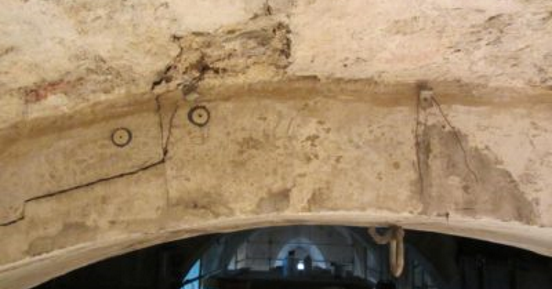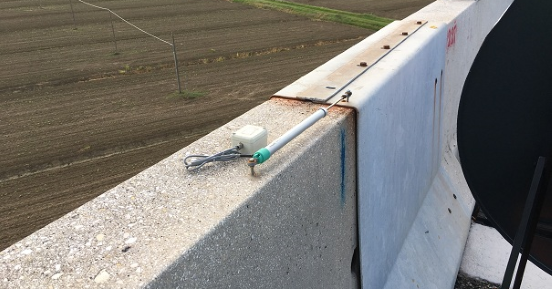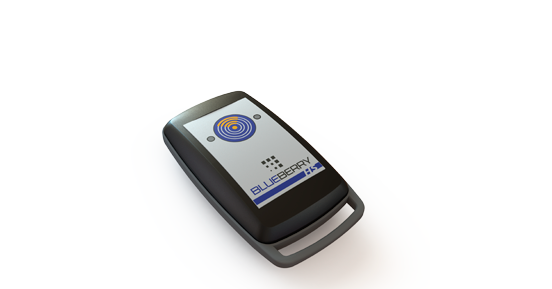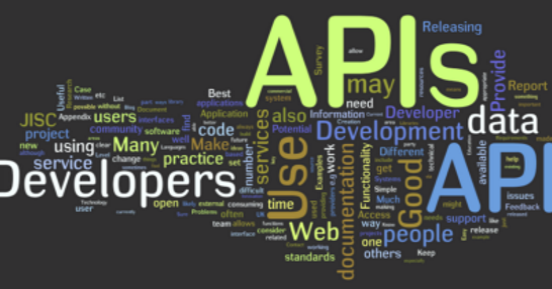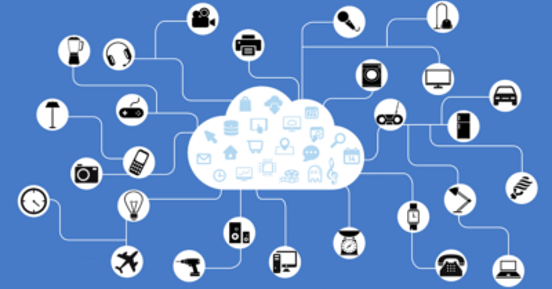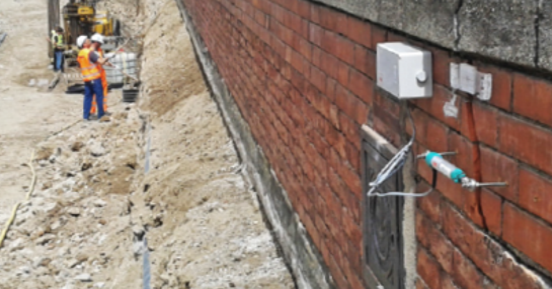IoT: l’importanza del monitoraggio delle infrastrutture
“Sono ormai diversi anni che le aziende italiane, che lavorano nel settore dell’information technology, sviluppano dispostivi che consentono di monitorare le condizioni strutturali di un’opera pubblica e segnalare possibili anomalie. Di conseguenza sarebbe opportuno, soprattutto per quanto riguarda le opere pubbliche, monitorare lo stato di edifici, strade e ponti ed evitare così di andare incontro a tragedie annunciate. Si tratta di dispositivi IoT (Internet of Things) che permettono di monitorare in tempo reale le oscillazioni, i cedimenti strutturali e le variazioni di un edificio, segni fondamentali per capire se l’opera è a rischio collasso. I dispositivi hanno un grosso margine di utilizzo e potrebbero aiutare a prevenire il crollo di molte opere e, quindi, salvare molte vite umane. Possono essere impiegati per monitorare le condizioni di scuole, strade, ponti e molti edifici pubblici, soprattutto nelle zone a forte rischio idrogeologico. Le Istituzioni, dunque, non possono più essere giustificate, ne’ giustificabili perché le tragedie come quella di Genova si possono evitare grazie semplicemente alle nuove tecnologie.”
Utilizzo di Fix&Go nel restauro della Parrocchia Sacro Cuore
Il monitoraggio si rende opportuno per il controllo e lo studio di fessure presenti in alcuni locali della Parrocchia del Sacro Cuore al Romito (Firenze).
Il ruolo fondamentale del monitoraggio strutturale IoT per la salvaguardia del patrimonio artistico-culturale
L’Italia possiede il più grande patrimonio artistico-culturale del mondo, con oltre 4100 musei, più di 280 aree archeologiche e ben 53 siti UNESCO. Risulta dunque opportuno monitorare lo stato di conservazione di questa ricchezza al fine di garantirne l’importante prestigio a livello mondiale.
Case Study: Monitoring of an overpass in highway Genova – Rosignano Marittimo
The Structural Health Monitoring of infrastructures is a necessary tool for ensuring the safety of citizens and of territory.
Case study: Rocks monitoring in Svalbard Islands
In the northern Glacial Sea, in north of Norway, there is a group of islands called Svalbard. The main grouping is the Spitsbergen, which includes 5 large islands and many islets with an area of about 61 thousand square kilometers, 60% of the territory is made of ice and only 10% is covered by vegetation.
An RFID reader in a keychain shape
A low cost tracking RFID reader of the size of a keyring allows the user to identify and track a specific object. The technology is quite simple to use: a tag (consisting of a microchip and an antenna) is placed on the object to be tracked and a reader is used to capture the data that can be transferred to either smartphones or PCs
TERTIUM RFID Readers: new software development tools
Our new software development tools can be utilised on the following devices
- BlueBerry LE HF;
- BlueBerry LE UHF;
- NFC Scanner;
- UHF Scanner
TERTIUM Technology RFID Readers can be connected through Bluetooth Low Energy to any device such as smartphone or tablet equipped with Bluetooth v4.0 or later (Bluetooth Smart) interface.
To interact with mentioned readers you need a specific application that can connect to a Bluetooth Smart Ready device and manage a bi-directional communication.
To speed up the work of the developers we have made public, on the GitHub website ( https://github.com/tertiumtechnology ), the API libraries to build and implement the app to interact with our RFID readers.
The API libraries are available for the two Android and iOS operating systems.
For Android:
https://github.com/tertiumtechnology/tt-rfid-passive-api-lib-android
The challenges that enterprises face with the IoT
A study conducted by Zebra has concluded that knowledge of the Internet of Things is increasing. According to this survey, which involved 908 companies, 57% of companies in the sample have a well-defined roadmap for the adoption of IoT solutions. However, only 36% have currently implemented IoT within the organization. The remaining 62% are expected to adopt connected technologies soon.
Why should companies embrace Internet of Things?
The Internet of Things (IoT) revolution has undoubtedly arrived and has now permeated all sectors. In the past year alone there were around 8.4 billion connected devices in the world. This number is expected to exceed 25 billion in 2020 (source: Gartner).
Case study: The collapse of the Lungarno Torrigiani in Florence
Florence’s Arno river embankment collapses.
http://www.bbc.com/news/world-europe-36377407
This was one of the many articles which you could read on 25 May 2016.
